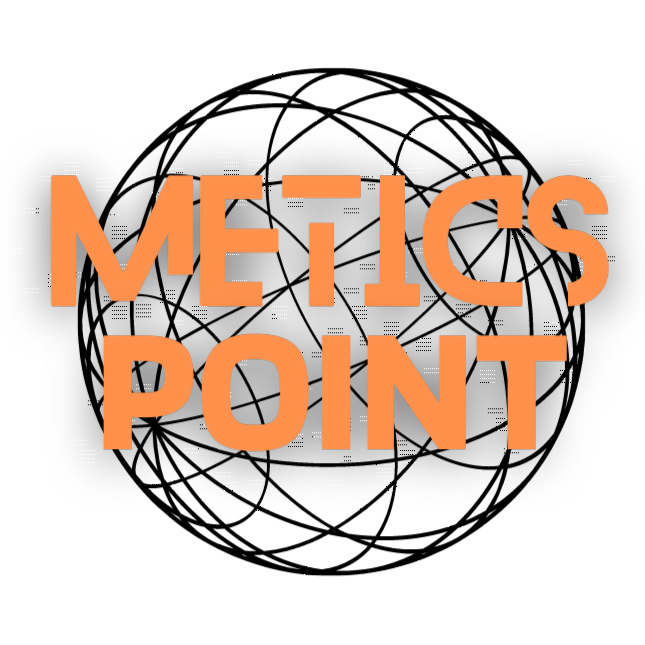The article “Where to Discover Rare and Out-of-Print Books” serves as an essential guide for bibliophiles and collectors seeking coveted titles that are no longer in publication. It offers a comprehensive overview of various avenues to explore, from specialized online marketplaces and auction sites to brick-and-mortar antiquarian bookstores and estate sales. Each method is thoroughly analyzed, showcasing the advantages and unique considerations of each approach.
Additionally, the article delves into historical trends and current dynamics within the rare book market, providing readers with valuable insights and predictions for the future. Engaging and meticulously researched, this piece equips readers with the knowledge necessary to successfully hunt for and acquire rare literary treasures. Where can one find rare and out-of-print books? This question opens up a fascinating world that blends history, culture, and the sheer joy of discovery. Whether you are a collector, a researcher, or simply a bibliophile with an affinity for the obscure and the antique, the quest for rare and out-of-print books is a journey that demands both curiosity and determination.
Rare books are more than just pages bound together; they are artifacts that carry rich histories and untold stories. Out-of-print books, on the other hand, offer a chance to delve into forgotten works and overlooked authors. In a digital age where information is at our fingertips, the search for these rare gems becomes all the more enchanting. But where exactly should one look?
Table of Contents
Historical Context: The Evolution of Rare Books and Out-of-Print Literature
The Origins of Rare Books
The concept of rare books dates back centuries, long before the modern publishing industry was established. Early manuscripts, often written by hand on parchment or vellum, were inherently rare due to the laborious process involved in their creation. These manuscripts were frequently stored in monastic libraries or held in private collections by the elite. As the printing press revolutionized the dissemination of knowledge, the notion of book rarity began to shift. Incunabula, or books printed before 1501, became some of the first “rare” books sought by collectors.
Out-of-Print Books: A Modern Phenomenon
The phenomenon of out-of-print books is comparatively recent, emerging alongside the mass production of literature. When a book is out of print, it means that the publisher no longer produces new copies. The reasons for this can vary: perhaps the book did not sell well, the publisher went out of business, or the content became outdated. Regardless, when a book goes out of print, it suddenly becomes a finite resource. The digital age has complicated this landscape further. While some out-of-print books find new life through digital republishing, others remain elusive, buried in the past.
Current Trends in Book Collecting
The Resurgence of the Physical Book
Despite the rise of e-books and digital libraries, the appeal of physical books remains strong. Many collectors and readers value the tactile experience and aesthetics of a well-crafted book. This resurgence has led to a renewed interest in hunting for rare and out-of-print titles. Book fairs, specialized bookstores, and even online marketplaces have become hotspots for this growing trend.
The Role of Online Platforms
The digital world has also made the discovery of rare and out-of-print books more accessible. Websites like AbeBooks and eBay provide platforms where collectors can buy, sell, and trade coveted titles. Social media groups and forums foster communities of like-minded individuals who share tips and leads on where to find specific books. The interplay between physical and digital realms enriches the overall experience of book collecting.

Key Concepts and Definitions
What Makes a Book Rare?
A book can be deemed rare for several reasons, including its age, limited print run, historical significance, or the presence of unique features like autographs or annotations. First editions, especially those with original dust jackets, are often more valuable. Condition also plays a crucial role; a well-preserved book will fetch a higher price than one that is damaged or incomplete.
Understanding Out-of-Print
An out-of-print book is one that is no longer being published by its original publisher. This status does not necessarily make a book rare, but it does increase its scarcity. The demand for out-of-print books often depends on their content, author, and historical context. Specialized academic works or niche genres might be particularly sought after by researchers and enthusiasts.
Detailed Analysis: Where to Find These Literary Treasures
Independent Bookstores
Independent bookstores are often treasure troves for rare and out-of-print books. These establishments typically have a curated selection, offering a more personalized experience compared to large chain stores. Many independent bookstores also have knowledgeable staff who can provide valuable insights and recommendations.
Example: Shakespeare and Company
Located in Paris, Shakespeare and Company is a legendary bookstore known for its eclectic collection of rare and out-of-print books. It has become a cultural landmark, frequented by writers and readers alike. The store’s unique charm and carefully selected inventory make it a must-visit for anyone seeking rare literary gems.
Book Fairs and Antiquarian Book Shows
Book fairs and antiquarian book shows bring together sellers, collectors, and enthusiasts from around the world. These events offer an unparalleled opportunity to browse extensive collections, meet experts, and even find books that are not available through traditional retail channels.
Example: The New York Antiquarian Book Fair
The New York Antiquarian Book Fair is one of the world’s most prestigious events for rare book collectors. Held annually, it features exhibitors from across the globe, showcasing an array of rare manuscripts, first editions, and historical documents. Attendees have the chance to network with experts and fellow collectors, making it an invaluable resource for anyone serious about book collecting.
Online Marketplaces
Online platforms have revolutionized the way we discover rare and out-of-print books. Websites like AbeBooks, eBay, and even Amazon offer vast databases where users can search for specific titles, compare prices, and purchase books from sellers worldwide.
Example: AbeBooks
AbeBooks, now owned by Amazon, specializes in rare and out-of-print books. It connects buyers with professional booksellers who list their inventories on the site. The platform’s search functionality and worldwide reach make it a go-to resource for collectors and bibliophiles.
Library Sales and Estate Sales
Public libraries often hold sales to clear out old or duplicate books, and these can be excellent opportunities to find rare or out-of-print titles at a fraction of the cost. Similarly, estate sales can offer unique finds, as books often form a part of personal collections that are sold off in bulk.
Auctions
For those who are willing to invest time and money, auctions can be an exciting avenue to acquire rare books. Both physical and online auctions offer the thrill of bidding on unique items, ranging from first editions to signed copies.
Example: Sotheby’s Rare Book Auctions
Sotheby’s is renowned for its high-profile auctions, including those featuring rare books and manuscripts. These events attract serious collectors and often feature items of significant historical and literary value. While the prices can be steep, the quality and provenance of the books offered make auctions a worthwhile consideration.

Comparing Different Perspectives
The Collector’s Perspective
For the avid collector, the pursuit of rare and out-of-print books is often driven by passion and personal interest. Collectors may focus on specific genres, authors, or time periods, and their collections often reflect a deep connection to the subject matter. The joy of discovery and the satisfaction of owning a rare piece of literary history are significant motivators.
The Researcher’s Perspective
Researchers seek out rare and out-of-print books for their unique content and historical significance. These books can provide insights that are not available in more recent publications or digital formats. Libraries and academic institutions often play a crucial role in preserving and making these works accessible to scholars.
The Dealer’s Perspective
Book dealers operate at the intersection of the collector and the researcher. They source rare and out-of-print books and make them available to the public, often through specialized stores or online platforms. Dealers need a keen understanding of market trends, book valuation, and customer preferences to succeed in this niche business.
Assessing the Impact
Cultural and Historical Significance
Rare and out-of-print books are cultural artifacts that offer glimpses into the past. They preserve the thoughts, beliefs, and artistic expressions of different eras, providing invaluable resources for understanding historical context. Collecting and preserving these books contribute to cultural heritage and academic research.
Economic Value
The market for rare and out-of-print books is dynamic, with values fluctuating based on factors like demand, condition, and provenance. High-profile sales and auctions can fetch astonishing prices, highlighting the economic significance of this niche market. However, the value of these books extends beyond monetary considerations, as they also hold sentimental and intellectual worth.
Future Directions and Implications
Predictions for the Future
The digital age presents both challenges and opportunities for the world of rare and out-of-print books. On one hand, digital republishing and e-books could make some out-of-print works more accessible. On the other hand, the tactile and aesthetic appeal of physical books ensures that there will always be a market for rare and unique titles. As technology evolves, it will be interesting to see how these two trends coexist and influence each other.
Broader Impact
The quest for rare and out-of-print books has broader implications for society and culture. It underscores the importance of preserving literary heritage and making knowledge accessible to future generations. As physical books continue to hold intrinsic value, they remind us of the tangible connections we have to history, culture, and art.
Conclusion
The search for rare and out-of-print books is a captivating journey that intertwines history, culture, and human curiosity. From independent bookstores and book fairs to online marketplaces and auctions, there are diverse avenues for discovering these literary treasures. Each book tells a story, not just through its content, but through its journey from past to present. As we continue to navigate the digital age, the allure of rare and physical books endures, offering a timeless connection to our shared cultural heritage.
What are your thoughts on the future of rare and out-of-print books? Will digital advancements enhance or diminish their allure?
Credible Sources
Stay tuned for more insights and resources on this fascinating subject. We invite you to explore these links and join the ongoing conversation about the preservation and discovery of rare books.

